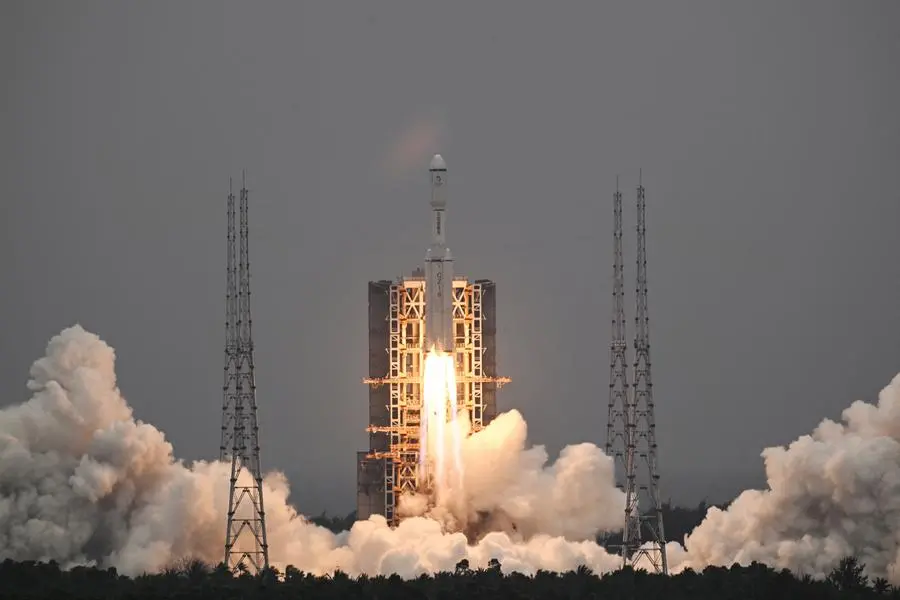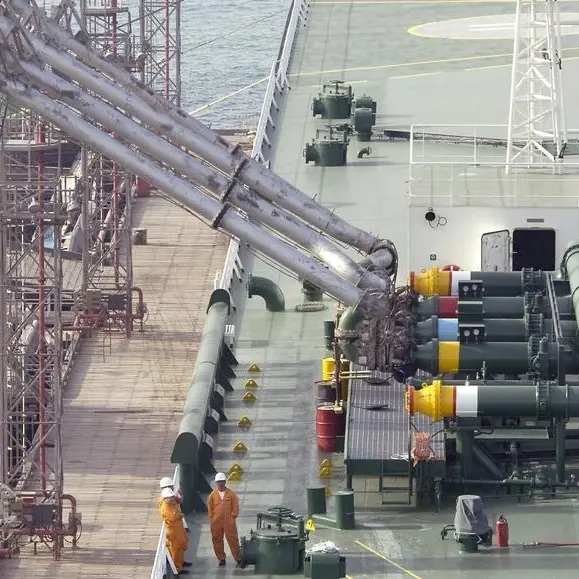PHOTO
BEIJING - China National Space Administration (CNSA) said on Friday its launch of a key signal relay satellite was a "complete success" and it would serve as the communication bridge for its future lunar probe missions for years to come, state media reported.
China launched the satellite Queqiao-2, which was named after a mythological bridge made of magpies, and two miniature satellites, Tiandu-1 and Tiandu-2, on March 20.
Queqiao-2 will be used as a communications bridge between the ground operations on earth and upcoming lunar probe missions on the far side of the moon until at least 2030.
The moon's near side always faces earth. That means data transfers from the far side are impossible because there is no direct line of sight.
Queqiao-2 researcher and developer Xiong Liang described the satellite as "the main switch" of the whole fourth phase of lunar missions, according to state television CCTV.
"Only when the main switch is flipped on, all the communications can kick off," Xiong said.
Queqiao-2 will orbit the moon and relay signals to and from the Chang'e-6 mission, which expected to be launched in May. The robotic Chang'e-6 probe will seek to retrieve samples from an ancient basin, acquiring lunar material from the moon's hidden side for the first time.
Queqiao-2 will also be used as a relay platform for the Chang'e-7 lunar mission in 2026 and the Chang'e-8 mission in 2028.
The functions and performance of Queqiao-2 met mission requirements and it will be able to provide relay communication services for China's lunar exploration projects and future lunar missions for China and other countries, said the CNSA, according to CCTV.
Queqiao-2 entered its targeted elliptical orbit on April 2 after a correction midway, near-moon braking and orbital manoeuvre around the moon, CNSA said.
The satellite has successfully communicated with Chang'e 4, which was the first spacecraft to perform a soft landing on the far side of the moon and is still carrying out its exploration mission. It also communicated with the Chang'e-6 probe while it is still on the ground earlier this month.
The successful launch of Queqiao-2 comes after the failed launch of another lunar spacecraft DRO-A/B satellites, which was intended to enter the moon's distant retrograde orbit (DRO).
China has not released any information on whether or not the satellites can be retrieved.
(Reporting by Albee Zhang and Ryan Woo; Editing by Jamie Freed)





















